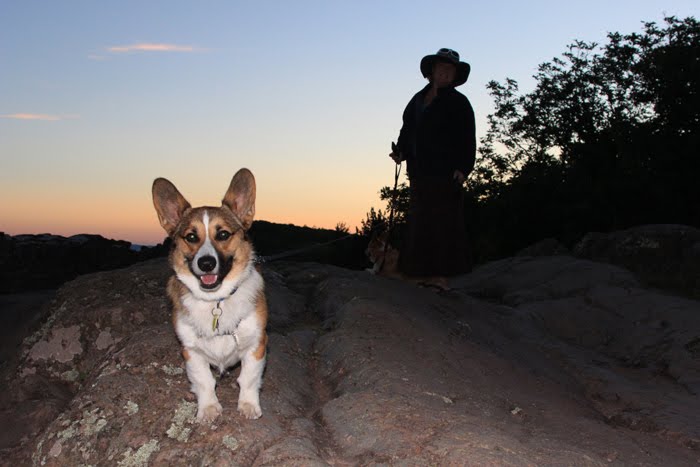

Shen Zhou, 1427–1509, China, Ming dynasty,
Xie An’s Excursion on the Eastern Mountain, dated 1480.
Hanging scroll, ink and color on silk, 66 9/10 x 35 inches.
Wan-go H.C. Weng Collection.
http://www.huntington.org/huntingtonlibrary_exhibitions.aspx?id=3674
Sanqing Mountain in Jiangxi Province, although not very well-known to many people today, was regarded as a sacred place for Taoists in the Tang Dynasty period (618-907), when Taoism was at its most popular. The mountain remained very popular among people seeking immortality until the 18th century, when Emperor Qianlong preferred Buddhism to Taoism.
The mountain is shrouded in mist for about 200 days each year. On misty days, dense fog envelops the mountain completely and makes you think you are wandering in the clouds. Once in a while, wind blows away the mist, and a stiff, imposing peak suddenly appears right in front of you. Sometimes you can even see the fog creep up on you, gently penetrating the pine trees on the cliff.
About 80 percent of Sanqing Mountain is covered by primeval forests. More than 2,500 kinds of plants exist here, most of which can be used to make traditional Chinese medicine.
These mountains and paintings of these mountains have been very influential for me and the way I approach my landscape painting and drawings. I will post more examples later.
